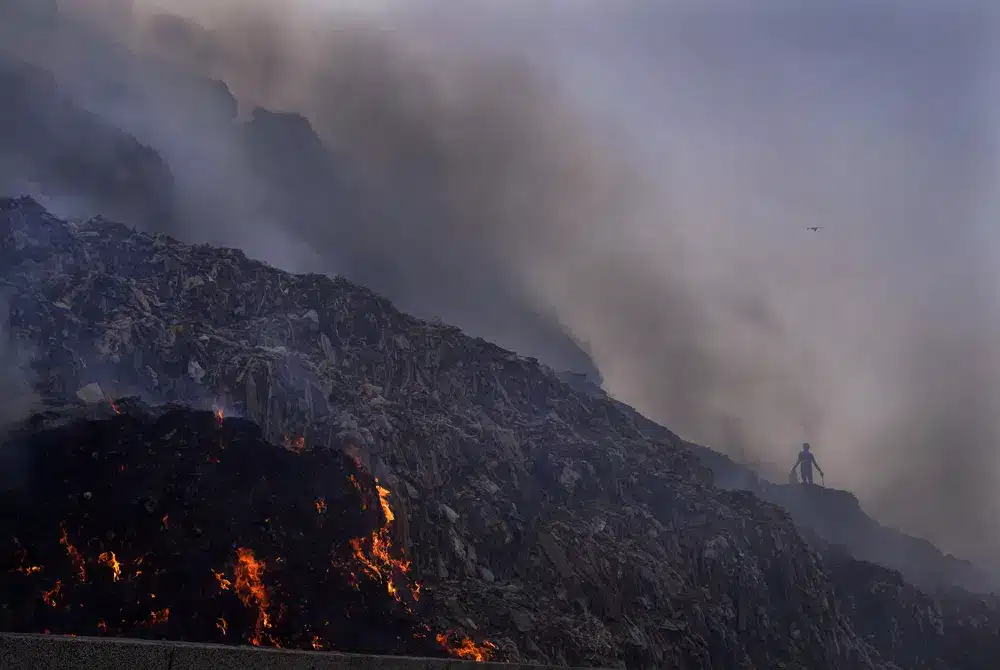The National Oceanic and Atmospheric Administration announced that a rise methane in the atmosphere increased at its fourth-highest annual rate in 2022, part of an overall rise in planet-warming greenhouse gases that the agency labeled “alarming.”
Though carbon dioxide receives greater attention for its involvement in climate change, scientists are especially concerned about methane because it traps far more heat — approximately 87 times more than carbon dioxide on a 20-year timeline.
Methane, a gas that comes from garbage dumps, oil and natural gas pipelines, and animals, has risen a lot since 2020. Scientists say it shows no signs of stopping, despite urgent pleas from scientists and policymakers that time is running out to reach the Paris Agreement’s temperature limits and avert the most damaging effects of climate change.
“NOAA scientists’ observations in 2022 show that greenhouse gas emissions continue to rise at an alarming rate and will stay in the atmosphere for thousands of years,” said NOAA Administrator Rick Spinrad in a statement that came with the report. “The time has come to address greenhouse gas pollution and reduce human-caused emissions as we work toward becoming a climate-ready nation.”
In 2022, methane increased by 14 parts per billion to 1,911.9 ppb. It increased significantly quicker in 2020 (15.20 ppb) and 2021. (17.75 ppb).
Methane gas escapes rise through wells and natural gas lines, as well as from manure ponds, decaying landfills, and cattle.
“Ruminant animal herds, particularly goats, sheep, and cows, are one of the largest human-driven sources of methane,” said Stephen Porter, a Brown University professor of ecology and assistant provost for sustainability.
Scientists continue to discover that methane emissions from the fossil fuels industry and the environment are vastly understated.
The precise amounts of methane emitted by human activities vs. natural habitats in recent years are unknown, but scientists say humans have limited control over ecosystems that begin leaking more methane due to warming.
“If this rapid rise is due to wetlands and natural systems responding to climate change, that’s very scary because we can’t do much to stop it,” said Duke University professor and former NASA climate scientist Drew Shindell. “If methane leaks from the fossil fuels sector, we can enact regulations.” But we can’t create rules on what swamps do.”
Scientists are also investigating how the persistent three-year La Nina pattern may have influenced methane emissions caused by increased rainfall in tropical wetlands.
According to Shindell, human-induced methane emissions account for around 26% of the warming produced by human activity.
Transitioning away from fossil fuels and limiting the number of ruminant animals fed are “sure-fire ways to reduce methane in the atmosphere and limit warming,” according to Porter.
According to the International Energy Agency, existing technologies may eliminate 70% of methane emissions by 2022.
According to the NOAA report, carbon dioxide and nitrous oxide levels will rise significantly in 2022.
Carbon dioxide levels increased to 417.06 ppm in 2022, making them 50% higher than pre-industrial levels. Nitrous oxide, the third-most major greenhouse gas emitted by humans, increased to 335.7 ppb, owing mostly to fertilizers and manure from the increasing agricultural sector.
SOURCE – (AP)











